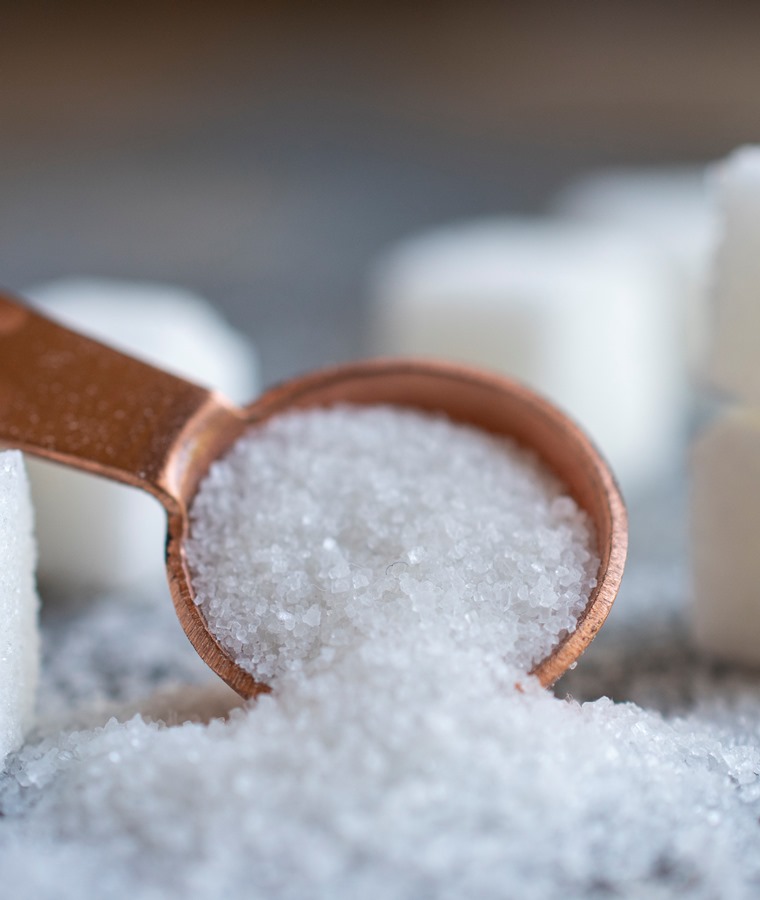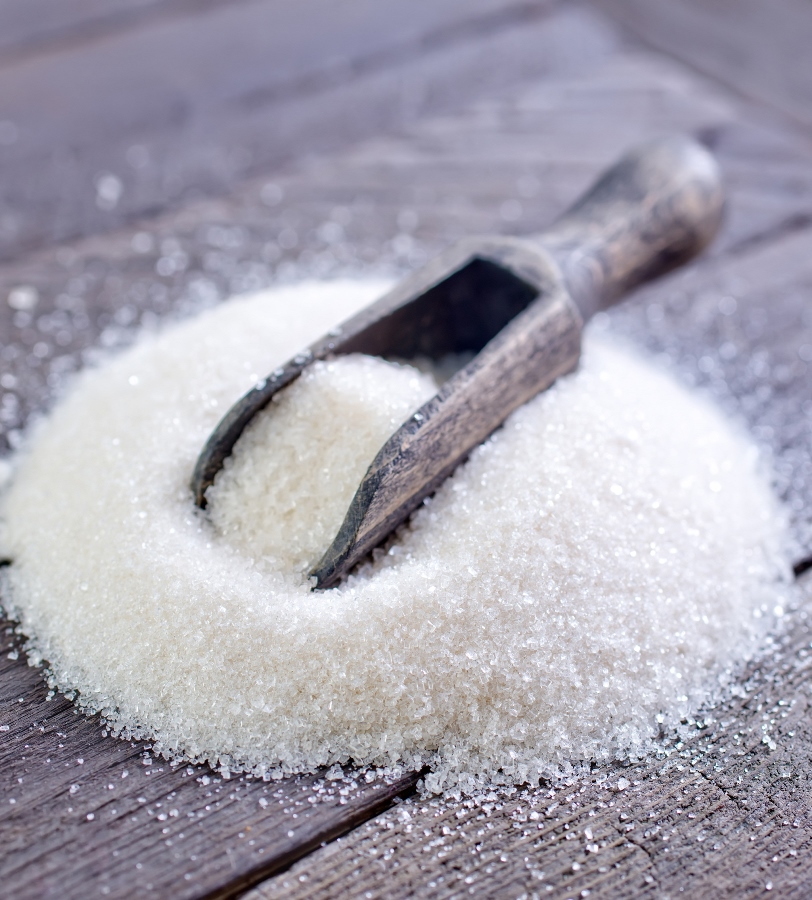Sugar enzymes accelerate the conversion of starch into glucose. The conversion takes place through the processes namely liquefaction and saccharifaction. Sugarcane plant has many polysaccharides. Cellulose and hemicelluloses, present in cell wall, give the structural strength to the standing cane plant. As they are insoluble in water, consequently they do not affect sugar manufacture. Starch which is responsible for metabolic activity of a growing plant mainly occurs in sugarcane as an insoluble granule. These granules can dissolve during the processing of starch therefore they have an effect on the manufacturing process. Other soluble polysaccharides such as indigenous sugarcane polysaccharides, glucan, dextran are also detected in sugarcane plant. Sugar enzymes hydrolyze the starch matter to maltodextrin which contain mainly oligosaccharides and dextrins. Maltodextrins are further converted in the next step called Saccharification. Saccharification is carried with the help glucoamylase enzymes which can hydrolyse starch completely to glucose along with maltose and isomaltose as by-products.

Enzyme for Viscosity reduction (Heat stable Alpha amylase) Alpha amylase is a formulated product act on starch molecule and thereby improve performance and sugar recovery. The presence of starch dextrin’s result in increase in juice viscosities, poor clarification and crystal elongation, which results into loss of sugar recovery and quality.
Benefits: –
Hydrolysed polysaccharide and oligosaccharides like starch and dextrin.
Dextranase Enzyme produced by the controlled fermentation of a Non-GMO Fungal Strain. It hydrolyses the alpha (1, 6) glucosidic bond contained in dextran to release either glucose or isomaltose (exodextranases) or isomalto-oligosaccharides (endodextranases). In sugar production, dextran’s are undesirable compounds synthesized by contaminant microorganisms from sucrose, increasing the viscosity of the flow and reducing industrial recovery, bringing about significant losses. The use of the dextranase enzyme is the most efficient method for hydrolysing the dextran’s at sugar mills. Some bacterial strains, filamentous fungi and a small number of yeasts have been shown to produce dextranase. The fungal dextranases showed the highest reaction rate at low Brix, with pH and temperature close to 5.0 and 50 °C, respectively, that is, conditions existing in juice extraction. Some of these dextranases formulated in enzymatic preparations have been efficiently used for hydrolysing dextran’s in sugar mill juices. In more advanced stage of the process, where the dextran’s have already caused losses, the conditions of temperature and Brix are high. However, although the volumes are smaller, the treatment with these enzymes in syrup showed the need to increase the dose, equalling dextranase consumption.
Hydrolysed polysaccharides and oligosaccharides like starch and dextrin.
• Reduce crystal elongation.
• Reduce the viscosity of syrup.
• Improvement in boiling rate.
• Improvement of purging ability during centrifugation.
• Improvement of quality of sugar.
• Reduction in boiling house losses and total loss.
• Increase in liquor clarity and filterability-D is high performance of dextrin hydrolysing enzymes. They improve Sugar recovery and stream line sugar mill operations. This formulated product act on starch molecule and thereby improve performance and sugar recovery.
